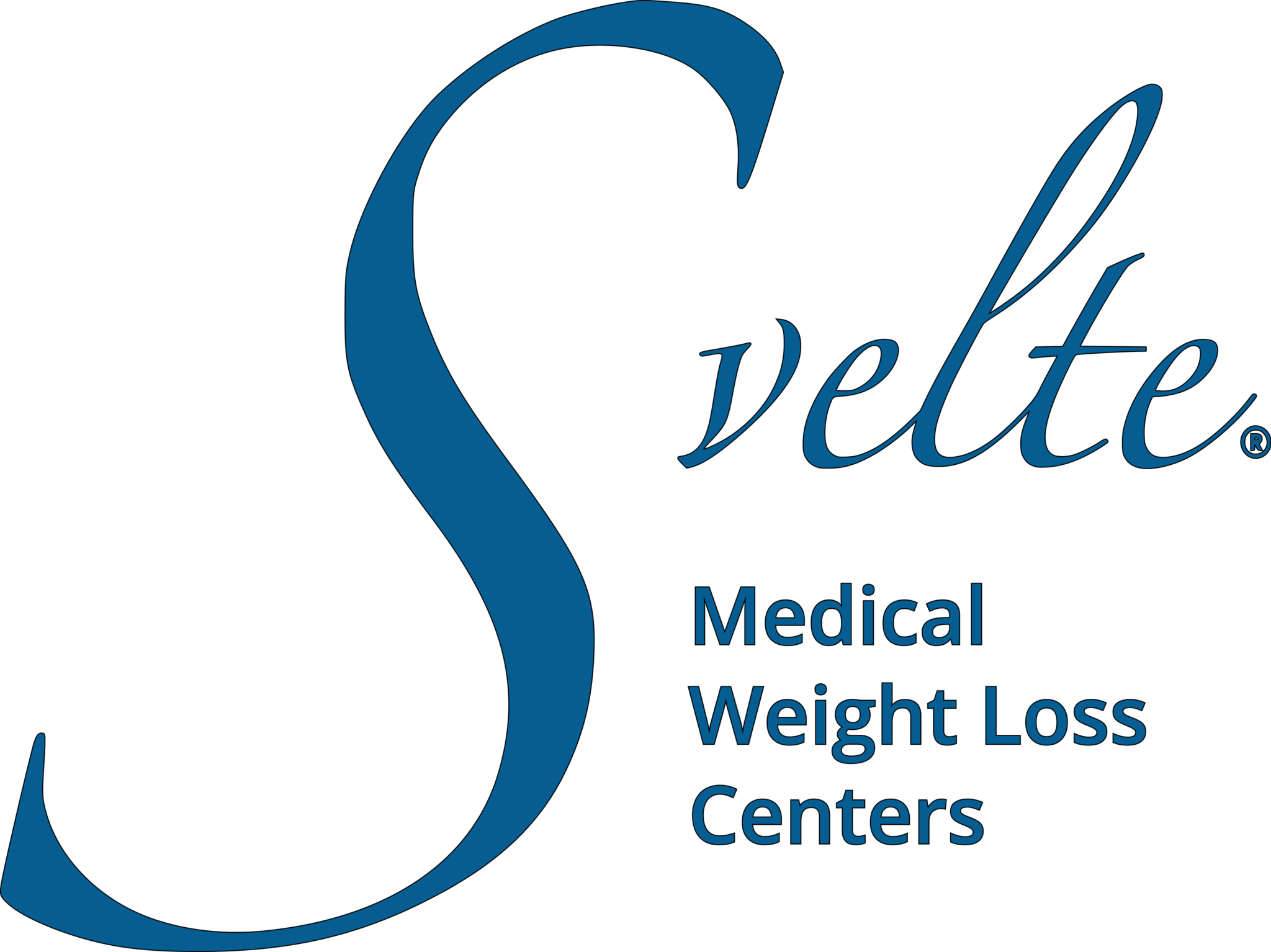Remember to Read Those Ingredient Labels! (It’s Vital for Weight Loss)
Reading food labels and understanding what you’re really eating is a solid first step when finding the right way to lose weight. It’s also a big part of weight maintenance. Unfortunately, we often rely on what the ingredient labels “seem to be saying” instead of what the actual truth is. Don’t worry, you’re not alone. We’ve all been duped a time or two with foods we thought were healthy, only later to discover we were mistaken.
Food manufacturers spend millions of dollars on marketing campaigns to design their ads and product packaging to appeal to the largest consumer audience possible. Unfortunately, that often involves package designs and wording that looks and sounds much healthier than it actually is. Organic, clean looking designs and the words “reduced fat” and “natural” are showing up more and more, but what do they really mean?
Here’s a quick education:
Food Label Accuracy
Over 80 percent of Americans claim to check the labels of their food; they look for the ‘important’ facts, like calories, sugar, fat, and salt. Did you know these ‘facts’ are actually only estimates? In truth, the FDA doesn’t regulate the accuracy of the labels. So what happens? The food manufacturers are listing a “best case scenario” on the ingredient label. Example: Since consumers want more nutritional value, the labels will always list the highest possible amount for vitamin and mineral content. For calories and salt content, the opposite is true.
According to the FDA, the actual amount could be 20 percent lower or higher. This is significant, especially if you’re trying to find a way to lose weight and don’t know you’re consuming more sugar or fat than you should be.
Terms on Food Packaging Labels
When reading ingredient labels, you’d think that terms like “reduced calorie” and “natural” meant the product was good for you, right? Well, that’s what the food manufacturer wants you to think anyway. The truth is, many terms are unregulated or vague. Product labels use them to imply things to uneducated consumers. Thankfully, you’re becoming educated right now. Here are some common terms that are misused:
- Reduced Calorie – Here’s a shocker. Reduced calorie means the product contains 25% fewer calories than the original. This does not mean it is, in fact, low in calories by any stretch of the imagination. If the original product is 800 calories and this one is 600, it’s officially eligible to be labeled “reduced calorie.”
- Reduced Fat – Same rule as the reduced calorie applies here. Must be 25% less then original product. This does not mean it is healthy or actually low fat. Actually, if a food item’s fat content can be reduced at all, that’s probably a bad sign in the first place.
- Natural and All Natural are widely used terms in food labeling and marketing with a variety of definitions, most of which are vague. The term is assumed to imply foods that are minimally processed and do not contain manufactured ingredients, but the lack of standards in most jurisdictions means that the term assures nothing.
- Real Fruit – Canned peaches full of heavy syrup is still real fruit. This doesn’t mean it’s good for you.
- Local – Locally grown, packed, or manufactured does not mean the item is not genetically engineered or covered with pesticides for that matter. Local and organic are not interchangeable terms.
- Reduced Sugar vs. Low Sugar – Be very careful here. Low sugar simply means 25% less than the original product, which could mean very little. If the original product contains 16 Tbs of sugar and this one contains 12, that’s considered reduced sugar. Want to go one step farther? Low sugar is unregulated and means nothing. This term should always be ignored when you see it.
Instead of looking at the front of the package or putting all of your stock into the nutritional ‘facts,’ look at the ingredient list instead. Avoiding certain additives and ingredients will help you be successful in your weight loss journey and teach you how to lose body fat. Here’s some important things to avoid:
- MSG- This is an additive used to enhance the flavor of a food, but it is also a dangerous neurotoxin that can lead to serious issues like migraines, Alzheimer’s disease, and Parkinson’s. It’s often hidden in certain ingredients, like glutamate, textured protein, natural flavors, gelatin, soy sauce, barley malt, and autolyzed yeast.
- BHT and BHA- These preservatives have been linked to certain types of cancer.
- High Fructose Corn Syrup – Used as a sweetener and linked to liver disease, Type 2 Diabetes, and obesity.
- Sodium Nitrate- Who wants to eat carcinogenic preservatives?
- Food Dyes- Dyes like citrus red No. 2 are not only found in pre-packaged meals, but even in the ‘fresh produce’ you pick up at the store. This particular dye is used to make oranges more orange. Zesting the orange leads to consuming the dye, which is carcinogenic and made from coal tar. Go organic with your produce and watch for these types of ingredients on food labels.
- Potassium Bromate- This ingredient can be found in many baked goods, but only in the United States and Japan. In all other countries, it has been banned because it has been shown to damage the thyroid and lead to cardiac and psychiatric issues.
Searching for a great way to lose weight? Start by reading labels and avoid products with ingredients that will hinder your weight loss goals. Get more solid information and support by joining us for our Lunch & Learn session or give us a call and get started on the best (and last) weight loss journey of your life!
